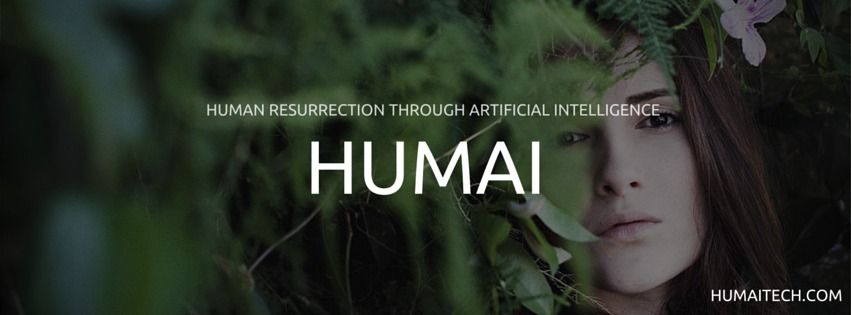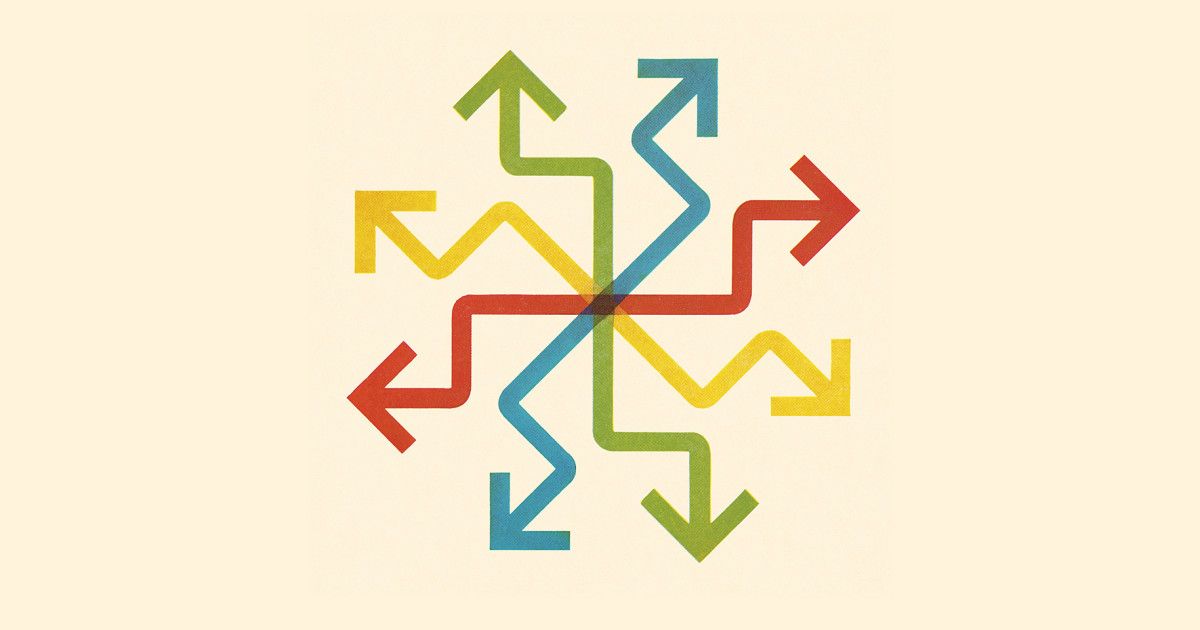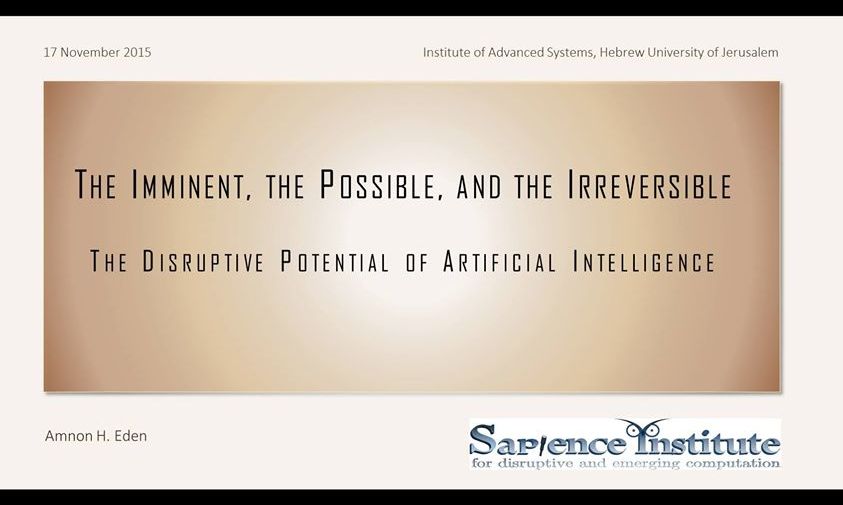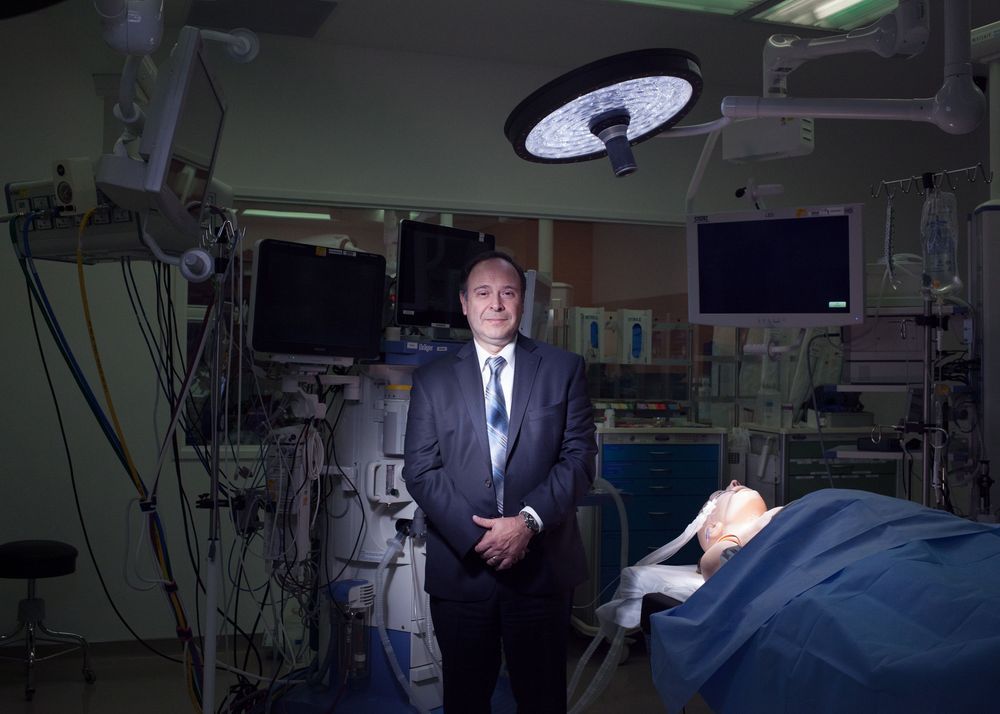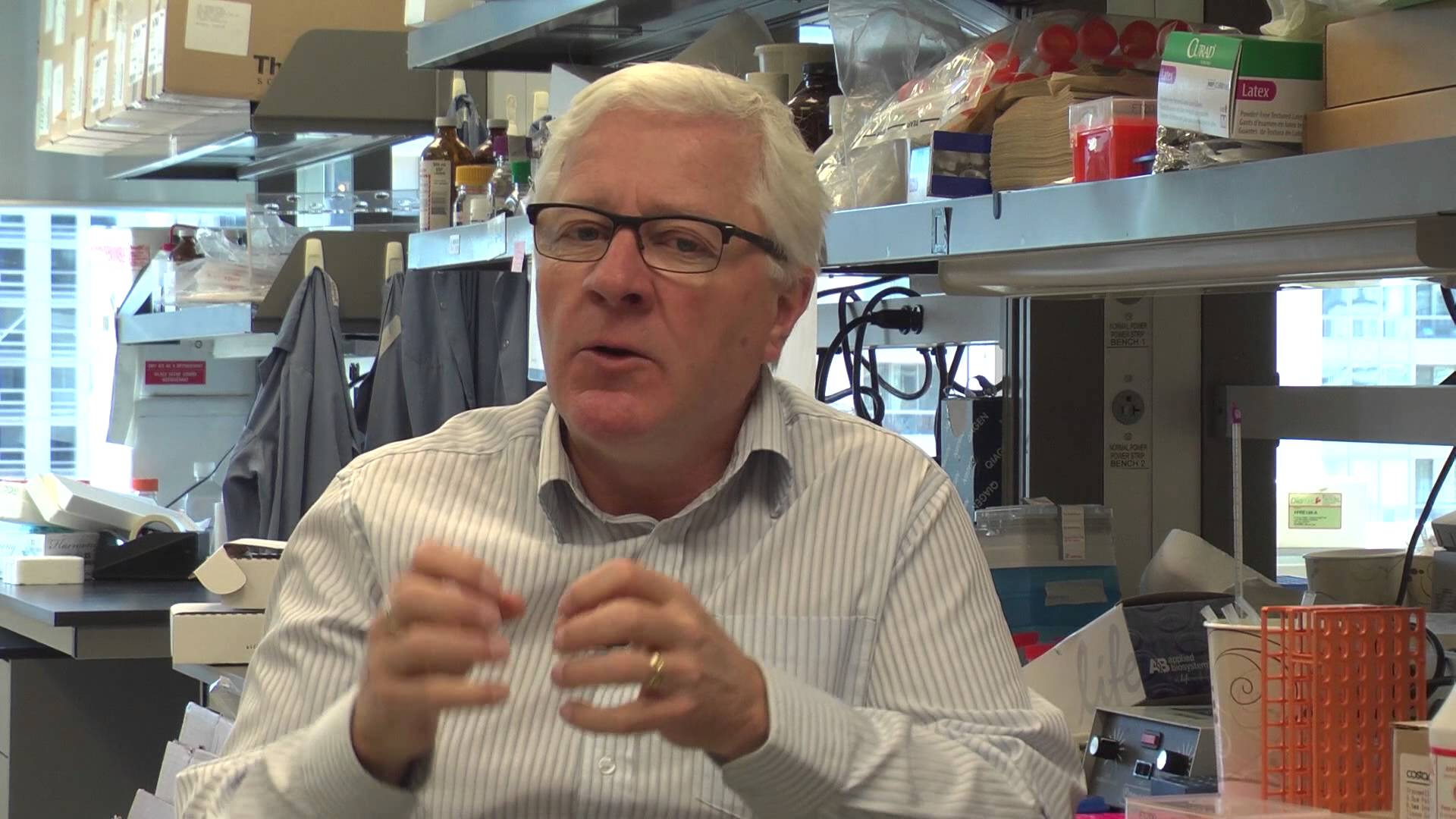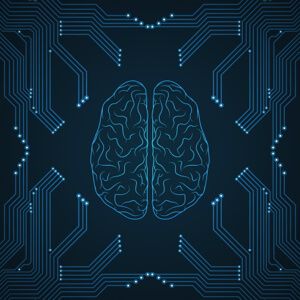Pluripotent cells are great, but they can be difficult to steer into growing the way you want. Now scientists have found a new way to create 3D-printed ‘building blocks’ of embryonic stem cells (ESCs), which could be used for growing micro-organs, performing tissue regeneration experiments, testing medication and other biology research purposes.
While bioprinting with ESCs is not entirely new, until recently researchers have only managed to produce two-dimensional sheets of cells. Now a team of scientists from Tsingua University in China and Drexel University in Philadelphia have published a study in Biofabrication, introducing a novel technique for printing a grid-like 3D structure laden with stem cells.
In normal biological conditions ESCs naturally tend to cluster together into spherical ‘embryoid bodies’ – clumps of pluripotent cells which can go on to develop into any type of cell or tissue in the human body.

